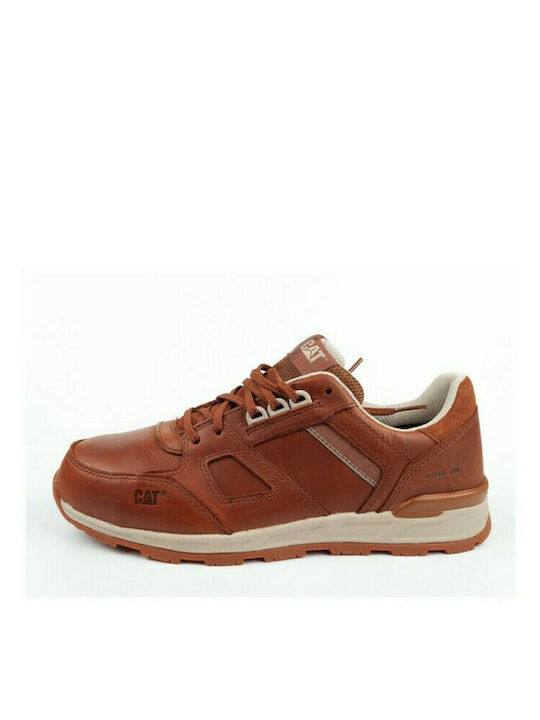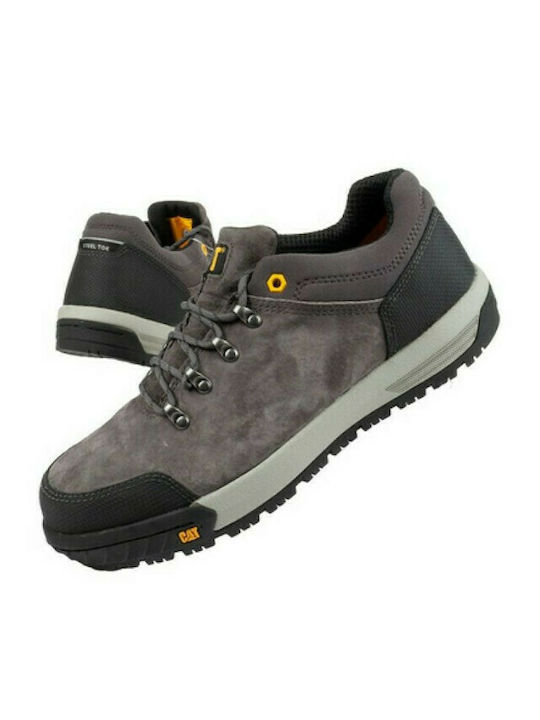Filters
Clear- Safety Shoes: Shoes that meet basic safety specifications, featuring at least impact-resistant toe caps (SB).
- S0: Simple work shoe without any type of safety features or toe protection.
- OB: Without metal or synthetic toe cap. Meets minimum safety requirements and features a slip-resistant sole.
- O1: Without metal or synthetic toe cap. They feature a slip-resistant sole, provide antistatic properties, and have energy absorption in the heel. Additionally, they offer resistance to fuels and oils.
- O2: Without metal or synthetic toe cap. They have all the characteristics of the O1 category, providing additional water resistance.
- SB: They provide basic protection and have a metal or synthetic toe cap.
- SBP: They feature toe protection and are resistant to punctures from sharp objects.
- S1: They feature toe protection, have antistatic properties, energy absorption in the heel, and are resistant to fuels and oils.
- S1P: They feature toe protection, provide all the protections of the S1 level, and are resistant to puncture from sharp objects.
- S2: They feature toe protection, provide all the protections of level S1, and have additional resistance to water and other liquids.
- S3: They feature toe protection, provide all the protections of level S2, and have enhanced puncture resistance and a non-slip sole.
- Insulated Cold Sole (CI): With a sole that provides thermal insulation, protecting the feet from the cold.
- Water Penetration Resistance (WR): Designed to prevent water from entering the interior of the shoe and to keep feet dry in wet work environments.
- Antistatic (ESD): They prevent the dangerous accumulation of electrostatic charge.
- Slip Resistance (SR): Sole with special materials that provides better grip and stability on different surfaces.
- Puncture Resistance (P): With reinforced features in the sole that prevent the penetration of sharp objects.
- Heel Energy Absorption (E): They help reduce ankle joint fatigue. Ideal for jobs with long hours of standing.
- High Temperature Resistance (HI): With reinforced materials in the sole that prevent the transfer of heat from the floor surface to the user's foot.
- Ankle Protection (AN): With reinforced elements around the ankle, offering protection from injuries that may be caused by contact with hard or sharp surfaces.
- Antistatic (A): With materials that allow the dissipation of electrostatic energy, thus reducing charge accumulation.
- Conductive (C): Low electrical flow resistance, allowing the transfer of electrical charges from the human body to the ground.
- Metatarsal Protection (M): With reinforcement on the upper part of the foot that prevents the entry of sharp objects and protects against injuries.
- Electrical Insulation (I): They provide insulation from electrical flow, reducing the risk of electric shock.
- Combined Slip Resistance (SRC): They provide protection against slipping on all types of hard floors, on wet smooth surfaces as well as hard oily surfaces.
- Water Resistance Upper (WRU): With special treatment on the upper part of the shoe, which prevents water from entering from this area.
- Slip Resistance Wet Floors (SRA): With slip resistance in areas with wet smooth floors, such as tiles.
- High Temperature Resistance Sole (HRO): The sole is made from materials that can withstand temperatures up to 300°C for up to 60 seconds.
- Slip Resistance Oily Floors (SRB): With slip resistance on oily hard floors, such as paint or resin coatings.
- Oil Resistance (FO): They maintain traction and prevent slipping in areas with oils, greasy substances, and hydrocarbons, reducing the risk of accidents.
- Offers: Products with a significant price drop.

































